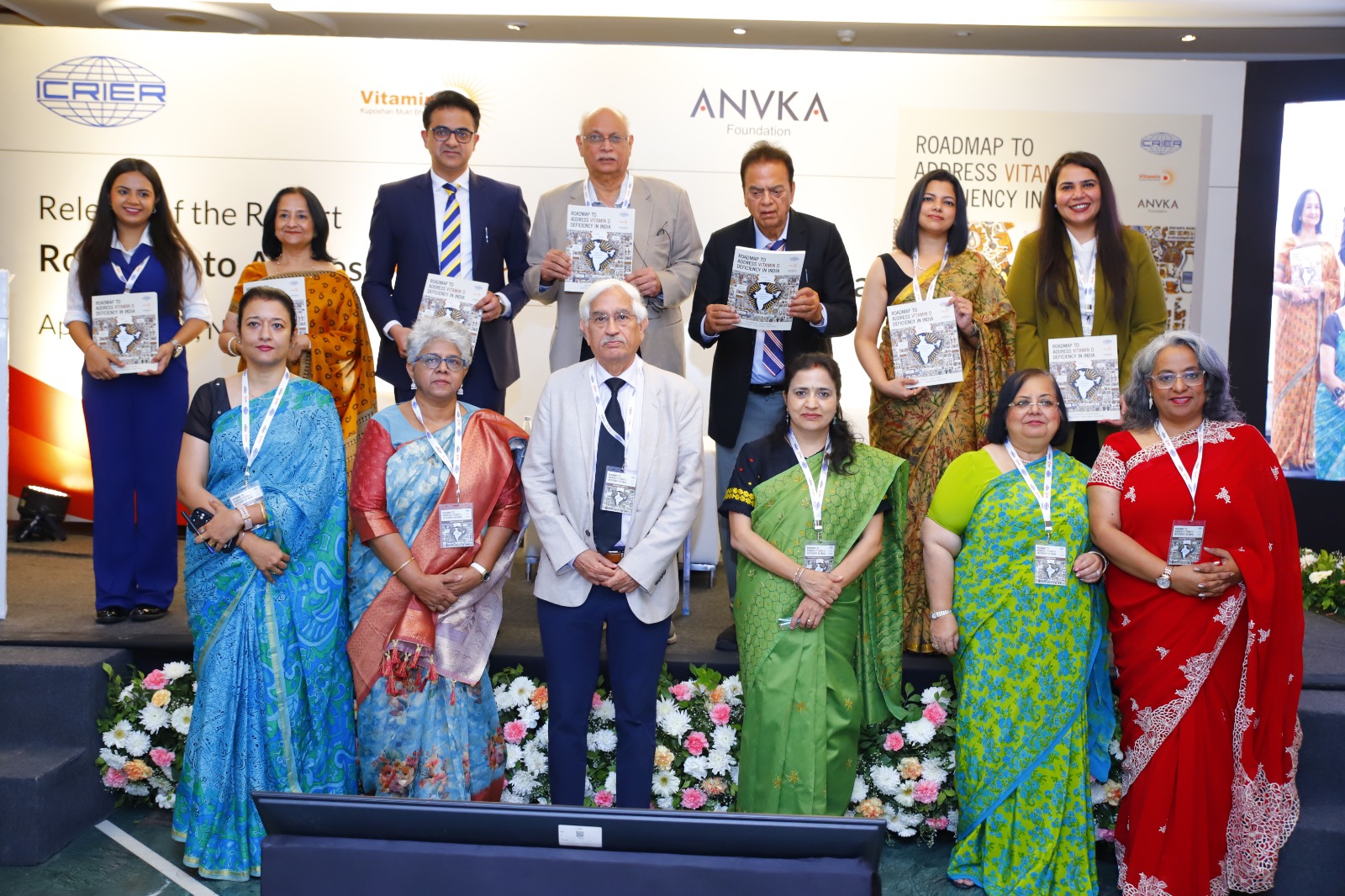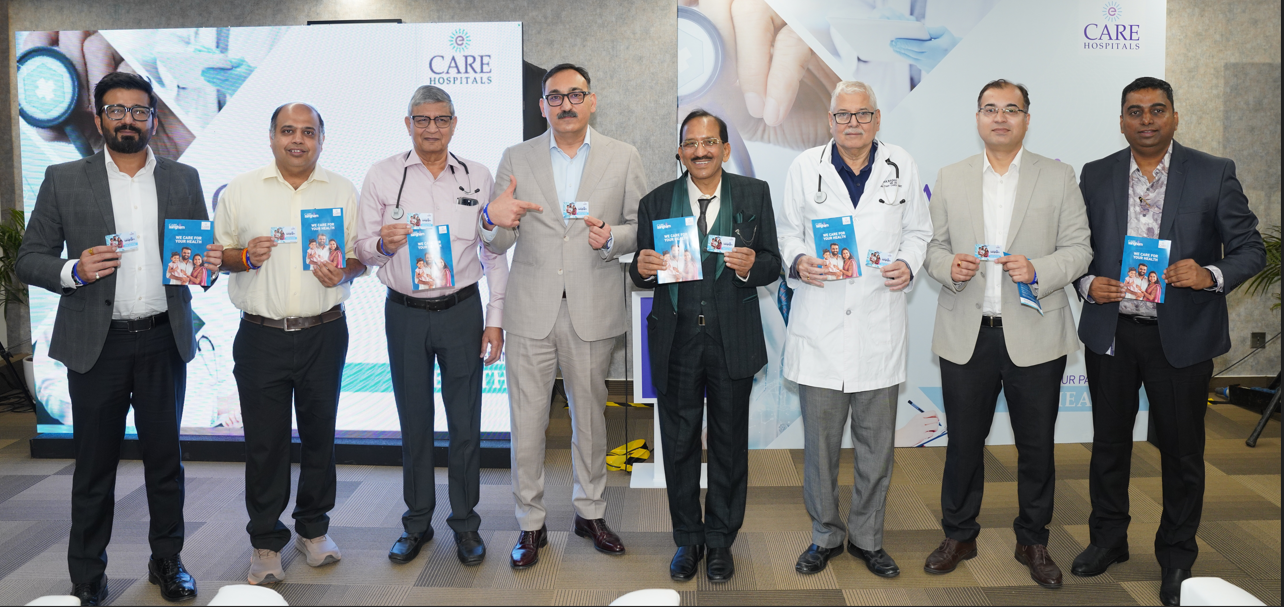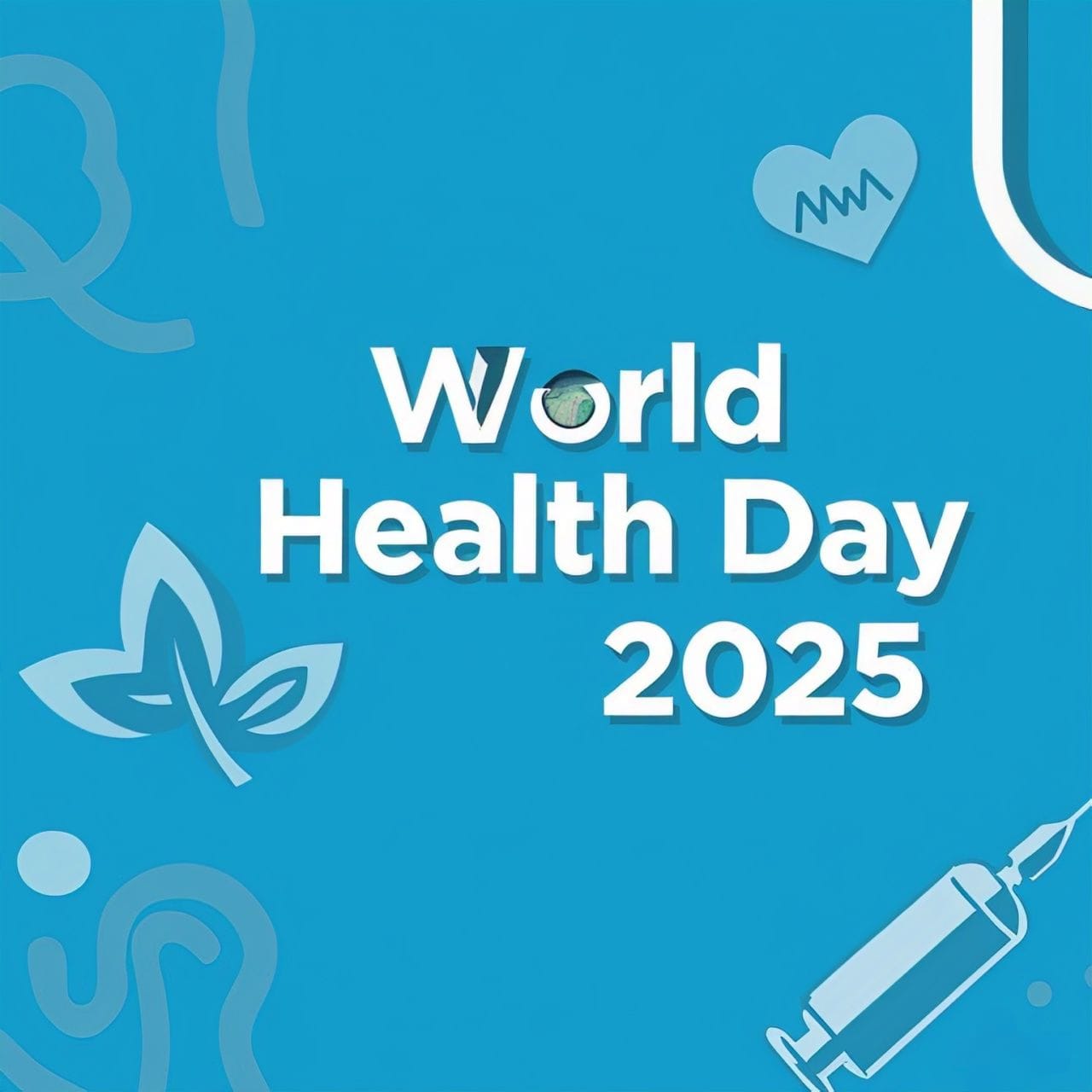A remote village in Sukma district, Chhattisgarh, is in the grip of fear as a mysterious illness has taken multiple lives within a short span. The sudden outbreak has left nearly every household affected, raising serious concerns about public health and the region’s medical infrastructure. While official reports vary on the exact number of deaths, the panic among villagers is undeniable.
Local health officials are now scrambling to investigate the cause of these fatalities, with initial findings pointing to changing weather conditions and seasonal activities like mahua harvesting. But is dehydration alone responsible for these deaths? Or is there an underlying health crisis that demands urgent attention?
Located around 30 km from the Sukma district headquarters, this small village has witnessed an alarming rise in deaths over the past month. While unofficial sources claim that 13 people have succumbed to the illness, government reports put the number at five. The discrepancy in figures has added to the confusion, delaying immediate intervention.
Victims initially reported chest pain and severe coughing, symptoms that quickly worsened, leading to multiple fatalities. Some of the deceased were admitted to the district hospital, where age-related ailments were cited as the cause of death for three individuals. However, the reasons behind the other deaths remain unclear, prompting the state government to dispatch a medical team to assess the situation.
According to the district’s Chief Medical and Health Officer (CMHO), Dr. Kapil Dev Kashyap, the health crisis coincides with a seasonal shift. Villagers spend long hours in forests collecting mahua, a flowering plant used for food and liquor production. This strenuous activity, coupled with rising temperatures, has reportedly led to dehydration, making them more susceptible to illnesses.
In response, health teams are distributing Oral Rehydration Solution (ORS) to counteract dehydration. However, convincing the villagers to alter their daily routines has proven difficult, as mahua collection is deeply embedded in their culture and livelihood.
While dehydration is a plausible explanation, the rapid succession of deaths suggests that other factors could be at play. Some health experts suspect that respiratory infections or undiagnosed diseases may be contributing to the fatalities.
Several questions remain unanswered:
Is there a new infectious disease spreading in the area?
Could contaminated water or food sources be playing a role?
Are underlying malnutrition and poor healthcare access worsening the situation?
The region’s remoteness adds to the complexity, as many cases may have gone unreported, leading to delays in medical intervention.
This outbreak has once again highlighted the fragile state of rural healthcare in Chhattisgarh. Villages like this one often lack basic medical facilities, making it difficult to diagnose and treat illnesses in time.
Key challenges include:
Delayed Medical Response: The fact that officials learned of the deaths after a significant delay raises concerns about the efficiency of healthcare surveillance.
Limited Health Awareness: Many villagers rely on traditional practices and are hesitant to seek hospital treatment until conditions worsen.
Seasonal Vulnerabilities: Weather shifts, combined with physically demanding labor, make communities more prone to health complications.
If this pattern continues, more outbreaks could occur, putting thousands at risk.
The Chhattisgarh government has deployed health teams to contain the situation, but more proactive measures are needed to prevent further loss of life.
Immediate Actions Required:
1. Detailed Medical Investigation: Experts must conduct a thorough study to determine whether this is an infectious disease outbreak or a consequence of environmental factors.
2. Strengthening Healthcare Infrastructure: The village needs better access to primary healthcare centers and emergency medical facilities.
3. Community Awareness Programs: Educating villagers about hydration, nutrition, and recognizing early symptoms of illness can help in early intervention.
4. Preventive Measures for Seasonal Health Risks: Since mahua harvesting appears to be linked to this crisis, protective strategies such as shaded rest areas and hydration stations should be considered.
The deaths in Sukma serve as a grim reminder of the vulnerabilities that rural communities face due to inadequate healthcare access and seasonal hardships. While dehydration is being cited as a key factor, the possibility of an undetected health crisis cannot be ruled out.
For a lasting solution, authorities must not only address the immediate crisis but also strengthen the healthcare system in these remote areas. Otherwise, such tragedies will continue to haunt vulnerable communities, and the real cause behind these unexplained deaths may remain buried in silence.

 For a lasting solution, authorities must not only address the immediate crisis but also strengthen the healthcare system in these remote areas.
For a lasting solution, authorities must not only address the immediate crisis but also strengthen the healthcare system in these remote areas.










.jpeg)

.jpg)


.jpeg)
.jpeg)


.jpeg)
.jpg)





.jpeg)


